By Joe Young.

On September 11, 2001, I watched live, like the rest of the world, as planes flew into the Twin Towers. I had visited those same towers a few years before. In an instant, I knew my reality had changed. That event triggered my study of terrorism and political violence. In the years since then, I have seen countless acts of violence, studied many grisly things, and wondered what I can do – in even a small way – to reduce this kind of intentional suffering. Even after knowing about and seeing such awful things, the tragic mass shooting on June 12 in Orlando shook me in a new way.
I grew up in Orlando. I walked the same streets that many of the 49 victims had. I went to similar clubs, knew similar people, and loved the City Beautiful.
As a terrorism researcher, there are two questions I address after each act of violence. First, why did this happen? If we have conjectures, we can develop answers to the next question. Second, what can be done to prevent future attacks? Normally, I feel more confident answering these two questions. In this case, I feel cloudy. It is personal. Terrorism is meant to be personal. It is meant to feel like it could happen to you. This amplifies the impact of a fairly rare event.
To help me answer this question, I polled prominent terrorism experts. I posed these two questions. I asked them to be brief, a challenging task for professors. Below, I offer their responses. Hopefully, a larger national dialogue will provide answers and solutions to this violence.
In Orlando, 49 people died. Compared to a suicide bombing in Iraq, or an ethnic riot in India, that number is not large. That’s less than two days of drunk driving deaths (average of 27 people a day) in the US. But 49 people died in a way that we might be able to prevent, and that is too many.
Laura Dugan, Professor of Criminology and Criminal Justice, University of Maryland
- This event was the confluence of the popularization of American intolerance of others and fear of Islam. The shooter was clearly unstable and felt justified to act out his anger by massacring dozens of LGBT folks, using the tactic that is most available in the US, firearms. His allegiance to ISIS seems conveniently fabricated, given that his previous behavior was not that of a devout Muslim.
- To start, we need to ban assault weapons and remove those that are already on the streets. I also think we need to change US rhetoric from intolerance and blaming to one that unifies. This will likely be a longer-term effort, so for now, ban assault weapons.
Brian Phillips, Profesor Investigador Titular, Centro de Investigación y Docencia Económicas (CIDE)
- This appears to have been a combination of extreme homophobia, rejection, access to firepower, possible law enforcement shortcomings, and convenient jihadism.
- Lone attacks are difficult to prevent, but one step is encouraging family and friends to reach out when they see warning signs, first to the person, and then to authorities.
Thomas Zeitzoff, Assistant Professor, School of Public Affairs, American University
- I think you can point to three factors that make these kinds of attacks more likely. From most important to least important:
i.) Access to assault weapons and the general proliferation of firearms. There is fairly strong evidence that increasing access to high-power assault rifles leads to more violence (see here). It’s been well-documented that the US has a much higher rate of gun ownership, particularly handguns and high-power assault weapons, than the rest of the developed world. We also have a much higher homicide rate. There are a lot of aggrieved people across the world, but it’s much easier to get access to weapons that have the capability to inflict mass casualties in the US.
ii.) There is also some evidence of a contagion effect whereby the media spends lots of time focusing on the mass shootings and this leads to more shootings.
iii.) The increased ability of individuals to access hate-filled ideology (i.e. ISIS) from the Internet and social media.
2. Again in decreasing importance:
i.) Restricting or eliminating access to assault weapons. Gun control is an uphill political battle, so there also needs to be more creative policies and research to find the most effective and politically palatable way to reduce the likelihood of mass shootings and gun violence more generally.
ii.) Just as media ethics refrain from reporting the names of victims of sexual assaults, there needs to be a serious change in how the media covers mass shooting; namely, less focus on idiosyncratic and sensationalist details of the perpetrator and more on the systemic factors that contribute to such events.
iii.) More rigorous evaluations of countering violent extremist programs and messaging. Find out what works and what doesn’t and use it.
Stephen C. Nemeth, Assistant Professor, Department of Political Science, Oklahoma State University
- Based on what we know now, I think the picture is starting to emerge of a person driven by some feeling of animus (homophobia, blind hatred, self hatred) who, in one of his last acts, tried to link his actions to a convenient boogeyman.
- It is hard to think of a way to effectively combat lone wolves. More information-sharing amongst levels of law enforcement may be a good start.
Victor Asal, Chair of Public Administration, Associate Professor of Political Science, University at Albany, SUNY
- Combination of messed-up individual with serious life dilemmas finding ISIS propaganda that gave him a story to be part of – and so launched himself into lone wolf effort.
- Create a better tracking system for people who get on the radar screen. Stop people from getting assault rifles. That would be a damn good start.
James Walsh, Professor, Department of Political Science and Public Adminstration, UNC Charlotte
- Not sure on this first question, but…
- Promote resilience (for example, have media put scale of attack in some context, don’t institute barn-door closing strategies) and don’t buy into attempts to polarize the conflict into us vs. them.
Key thing, though, is that there are such powerful political forces making it difficult to implement both of these approaches—what president can go on TV and state that the attack does not represent a major threat?
Stephen Tankel, Assistant Professor, School of International Service, American University
- Most terrorist attacks of this nature are the result of a confluence of causes and this one does not appear any different. As more information becomes available, it is increasingly clear that the appeal of ISIS’ ideology was only one of several factors, and potentially not the predominant one. This would hardly be the first time that someone turned to an extremist paradigm to deal with his or her own personal demons or used an extremist ideology as a rationale for committing violence.
- Anyone who says that these attacks are 100 percent preventable is selling something. I cannot believe this even needs to be said, but calls to bar Muslims from entering the United States are incredibly un-American. They are also counterproductive. This language alienates key allies around the world and Muslim communities here at home that are critical to the fight against terrorism. It also fuels radicalization and provides jihadists like ISIS with a huge propaganda victory. More needs to be done in terms of developing community-based efforts to counter radicalization. We need off-ramps for at-risk individuals. And we need common-sense reforms to existing gun laws. Lone wolf attacks — which ISIS is explicitly inciting — are much deadlier when civilians can legally acquire weapons designed for use on a battlefield.
John Horgan, Professor at the Global Studies Institute and Department of Psychology, Georgia State University
- It’s too early to tell with any certainty. I expect it is a marriage of convince between smaller, personal frustrations, grievances, fantasies, and much larger ideological aspirations. It’s impossible to say right now which is the overriding influence, if any does actually exist. It may well be ideological in flavor, but there’s a strong chance that pledging allegiance to the Islamic State was a mere badge of convenience to mask personal failure and frustration.
- We need to do far more to reduce the bystander effect that is overwhelmingly prevalent in terrorism cases.
Tony Lemieux, Director, Global Studies Institute, Professor of Global Studies & Communication, Georgia State University
- It’s hard to say – initial evidence points to multiple factors including a troubled and aggressive history, along with identity conflicts and crises for this individual. These factors, coupled with easy, unfettered access to the kind of weapons used to perpetrate the attack made it especially destructive.
- Because this attack provides another example of ‘leakage’ – where the attacker signaled troubling intentions and people actually observed it – this serves as a call for better mechanisms for people who observe or have the kinds of concerns that are coming out now (i.e. expressed intentions of killing people, etc.) to be able to report these, and for law enforcement to act on them. Limiting easy access to this level of firepower might not eliminate future attacks but would almost certainly go a LONG way in reducing the level of carnage that is produced. Especially in cases where individuals are known to law enforcement.
Justin Conrad, Associate Professor, Department of Political Science and Public Administration, UNC Charlotte
- There’s been a lot of debate in these cases over whether the attacker was “self-radicalized” or whether they were a member of some terrorist organization. It’s important to remember that there are gradations between those two possibilities.
- Unfortunately, we can never fully stop these kinds of attacks. They are committed by a wide range of personality profiles with a variety of motivations. But if we can better understand the commonalities (if there are any) in these attacks, we may be able to mitigate or even prevent some future attacks.

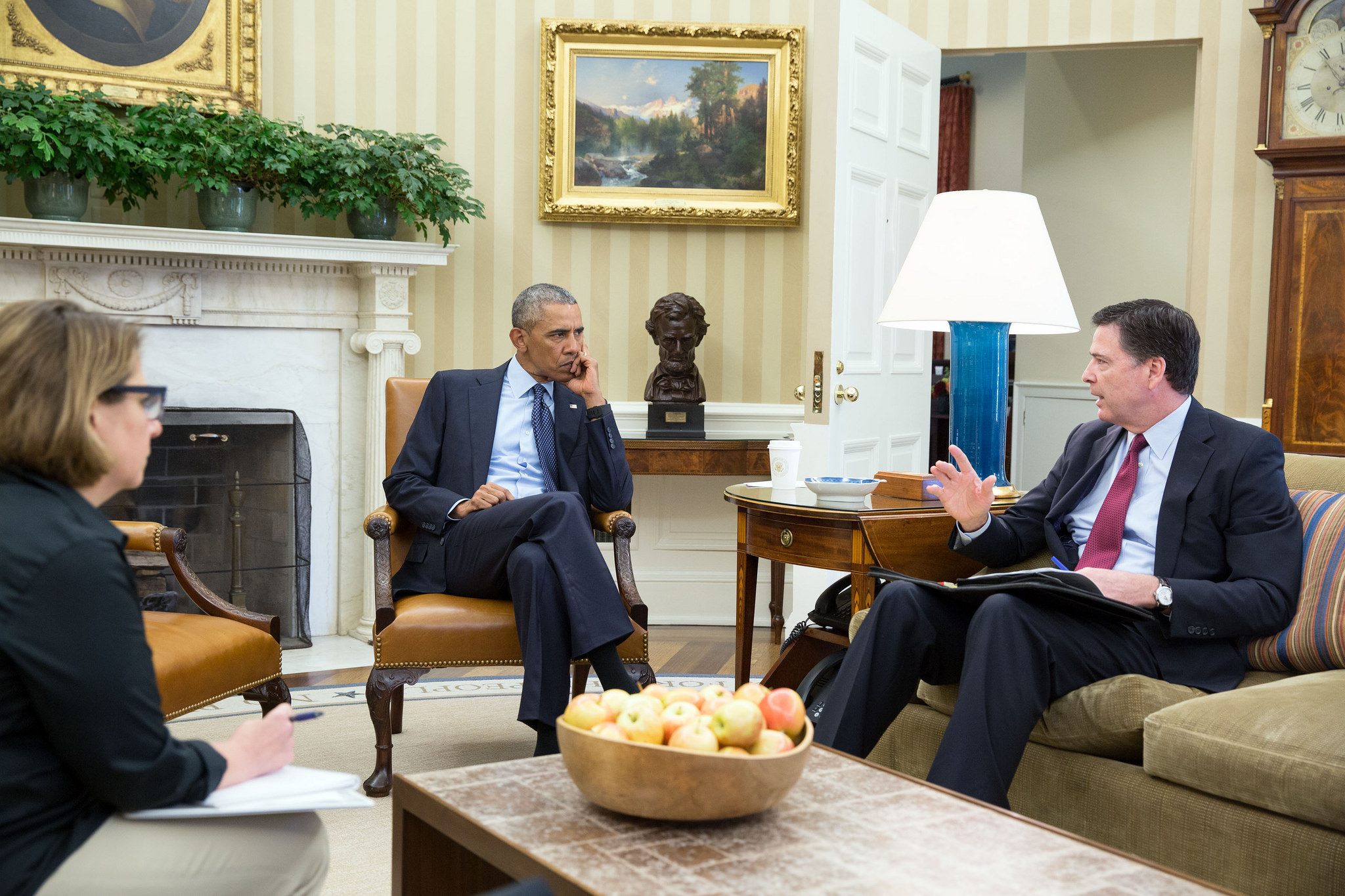
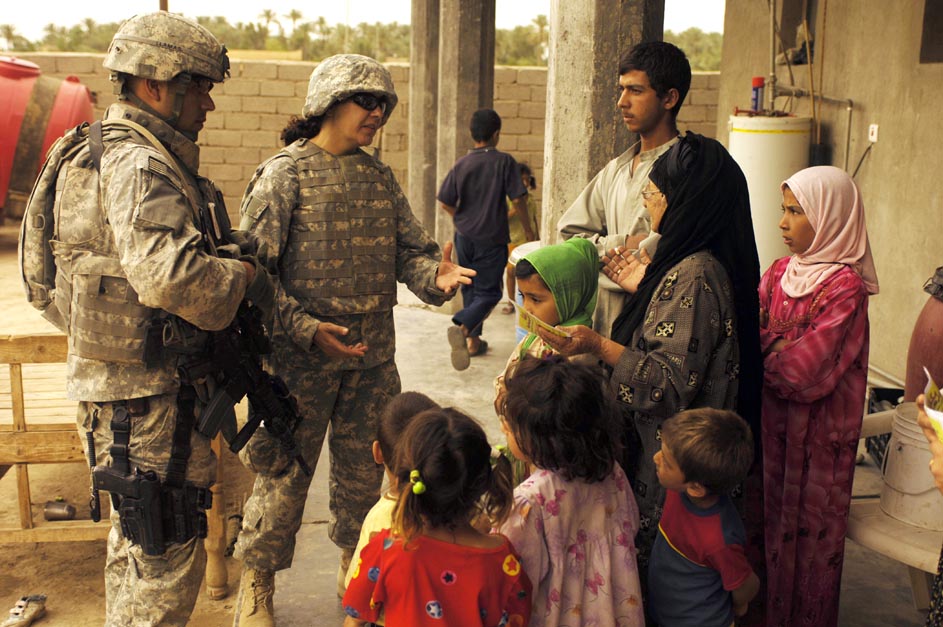
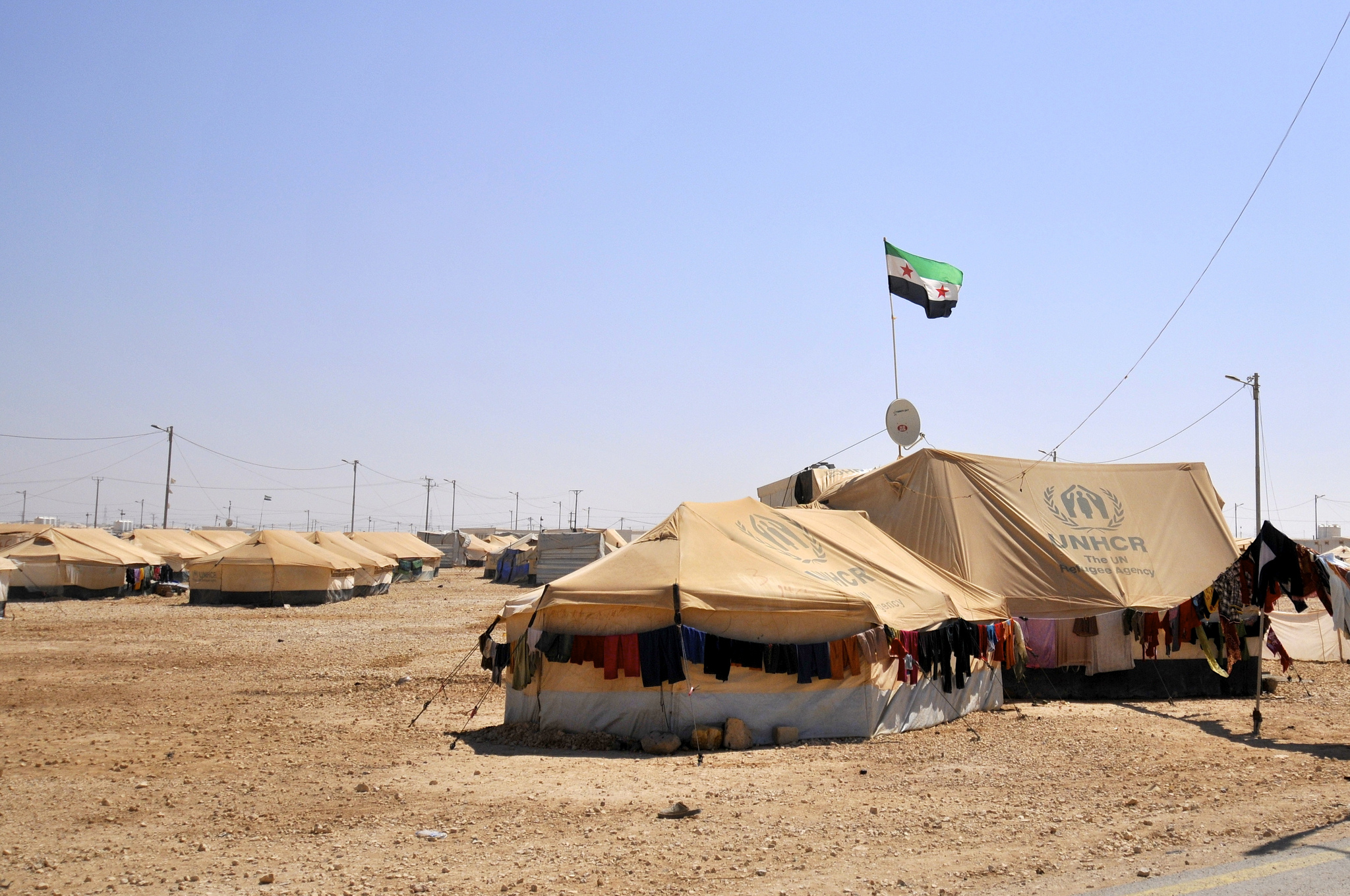
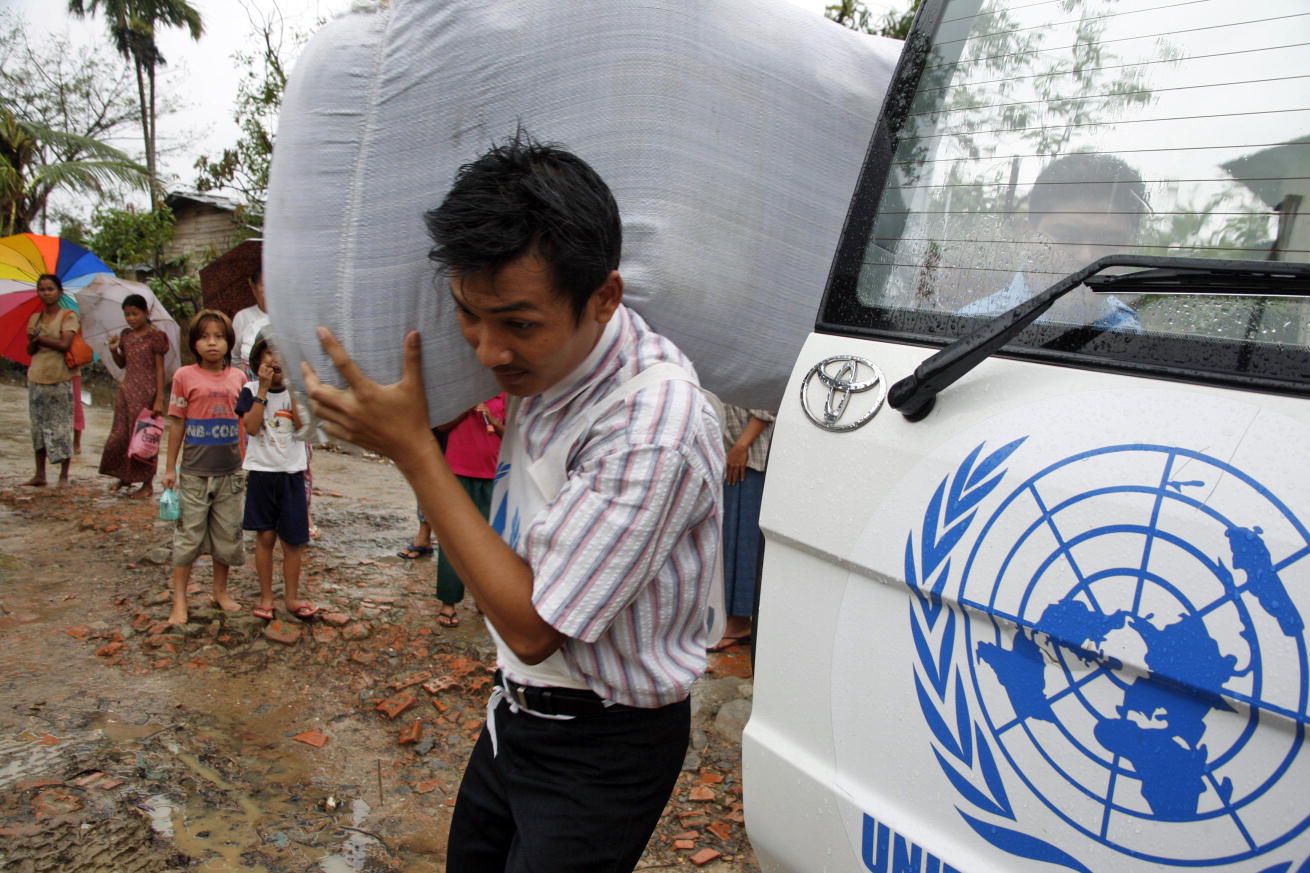
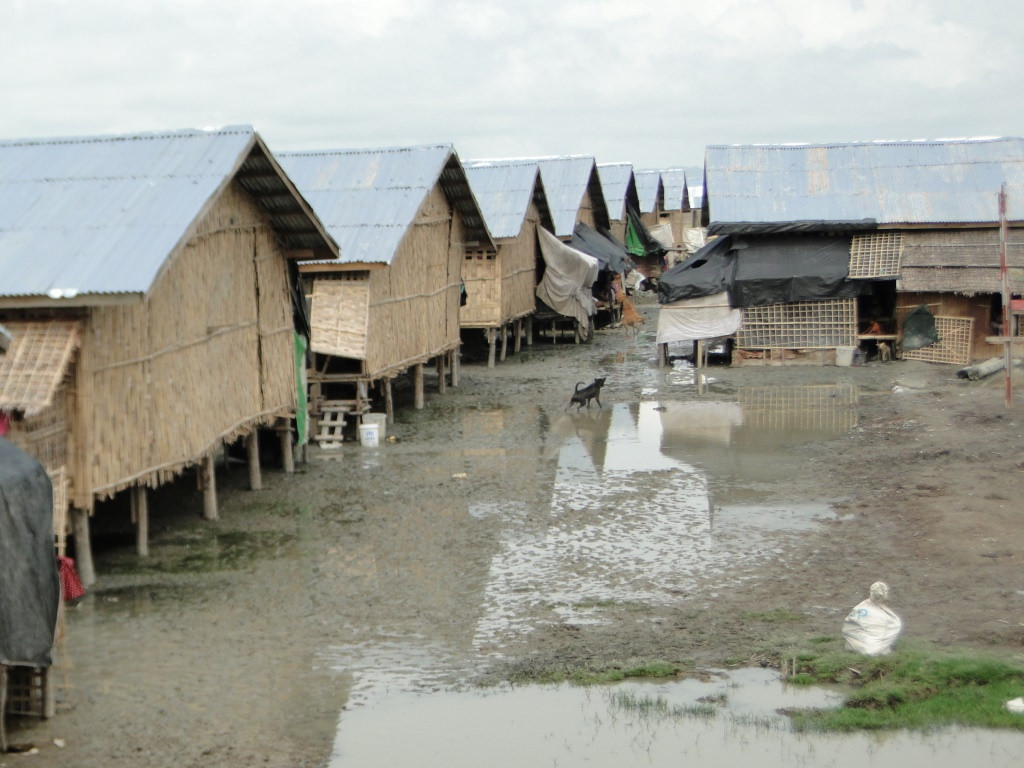
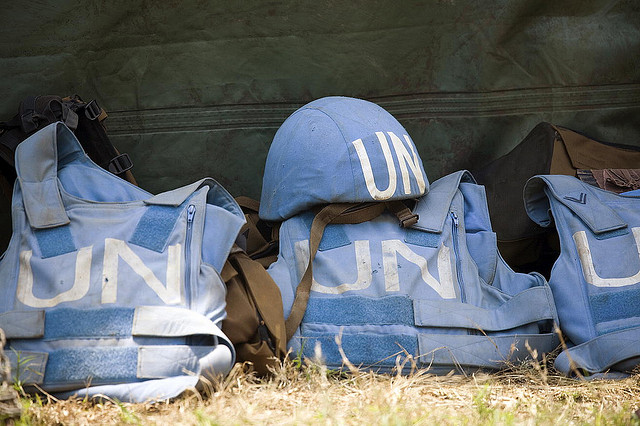
4 comments
I think it’s astonishing that no one above mentioned the violence practiced by American political leadership over the last several decades in pursuit of the most abstruse ends. For example, Mrs. Clinton talks about assault weapons on the streets of our cities, but in 2002 she voted to support the criminal invasion of Iraq, which resulted in hundreds of thousands of deaths and the formation of the Islamic State that everyone’s on about (see above). The American national community is soaked in an ideology of violence, and its chickens are coming home to roost. It might be time to stop ignoring what’s under your noses.
I’m guessing no one said that because there is no evidence that a purported American “ideology of violence” is a causal factor in this attack, or any similar attack.